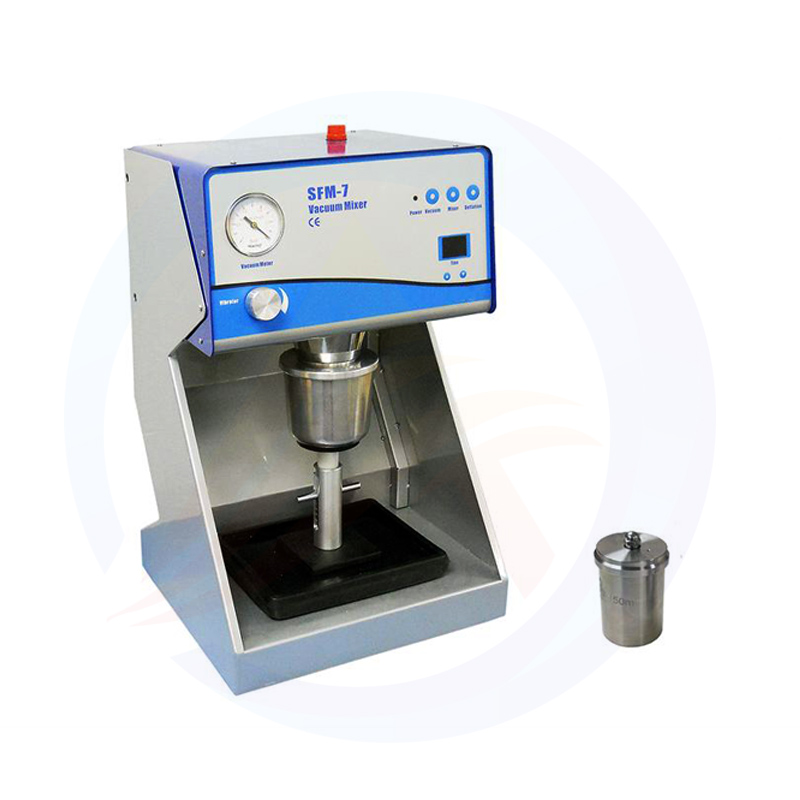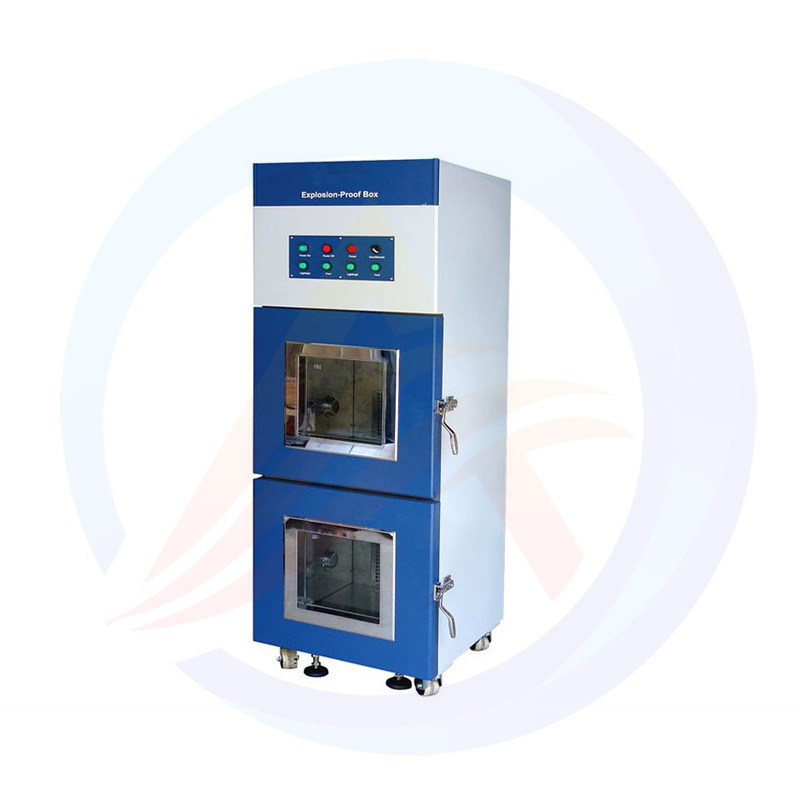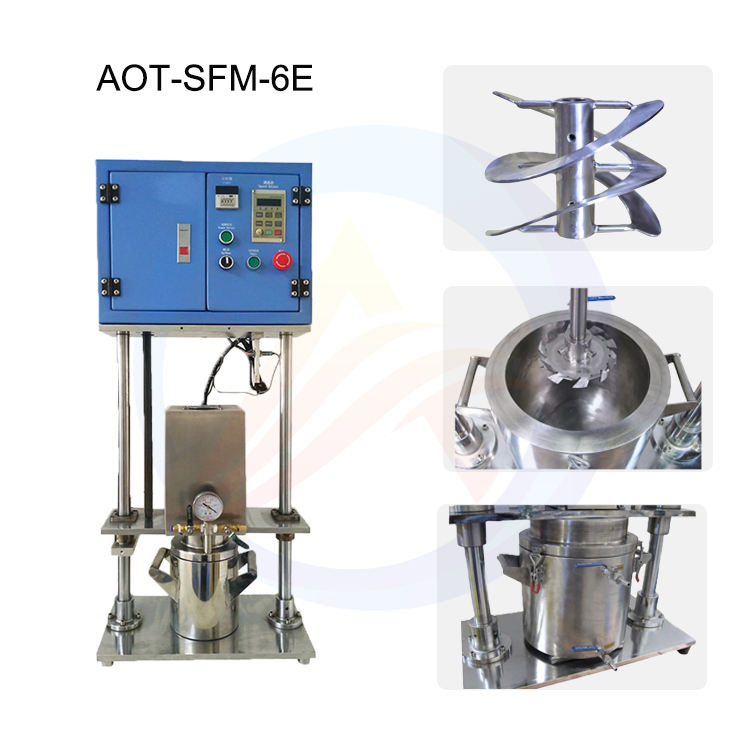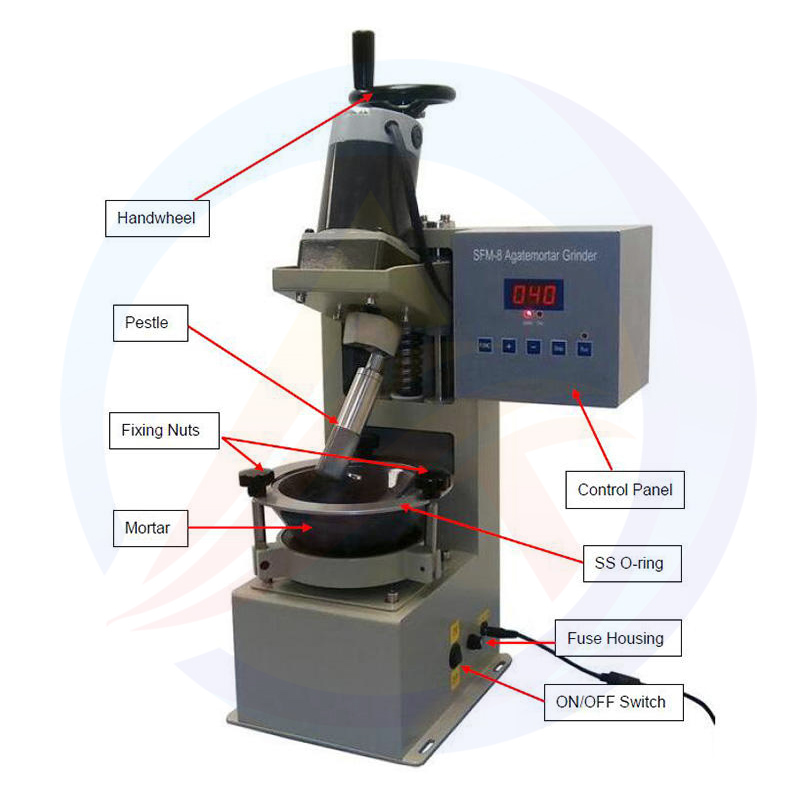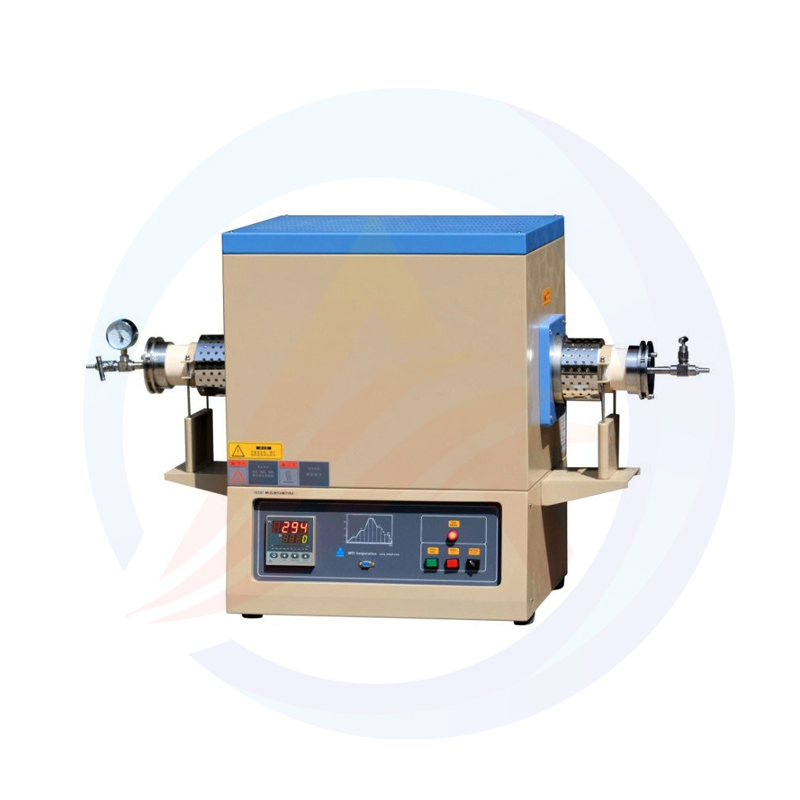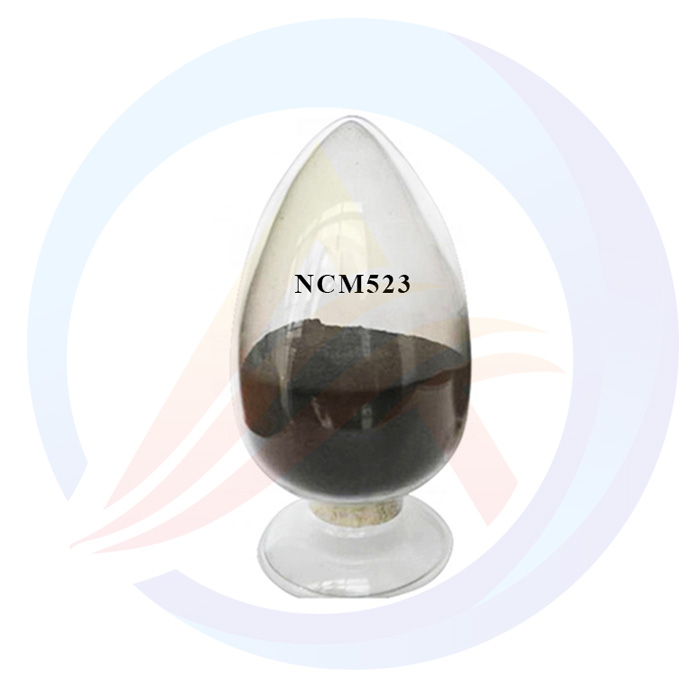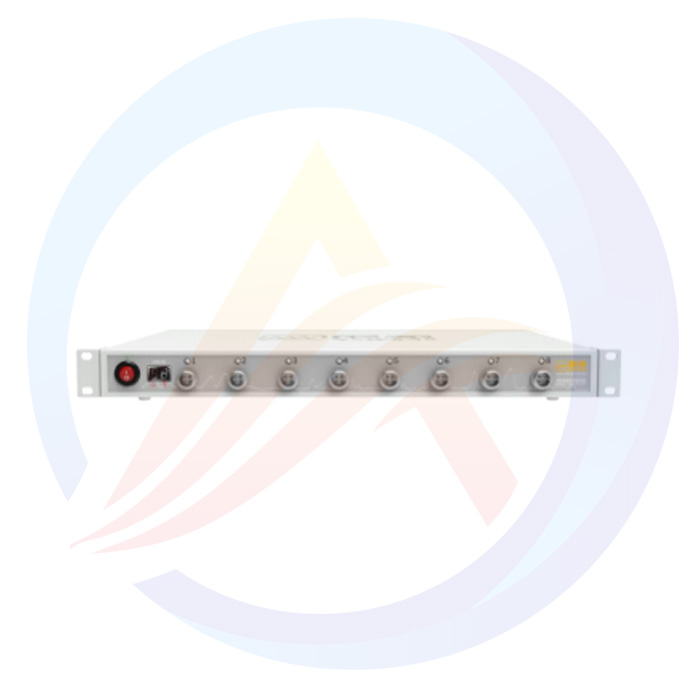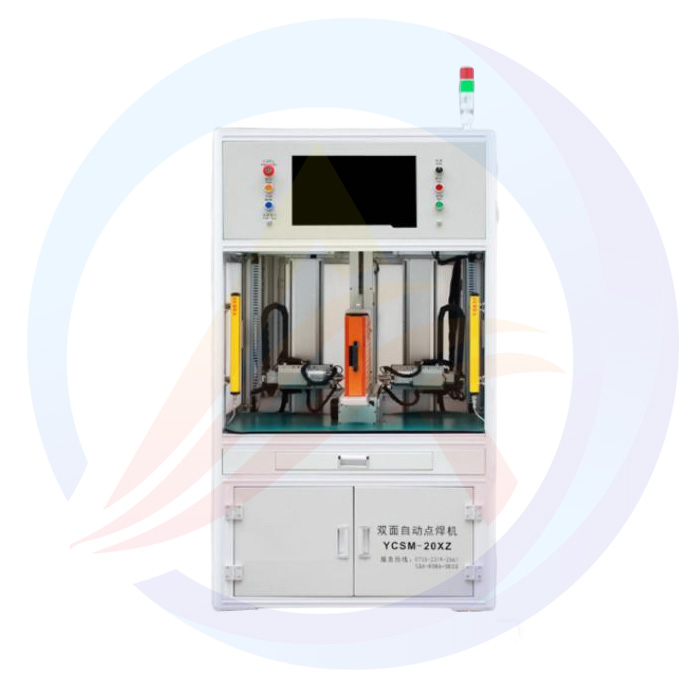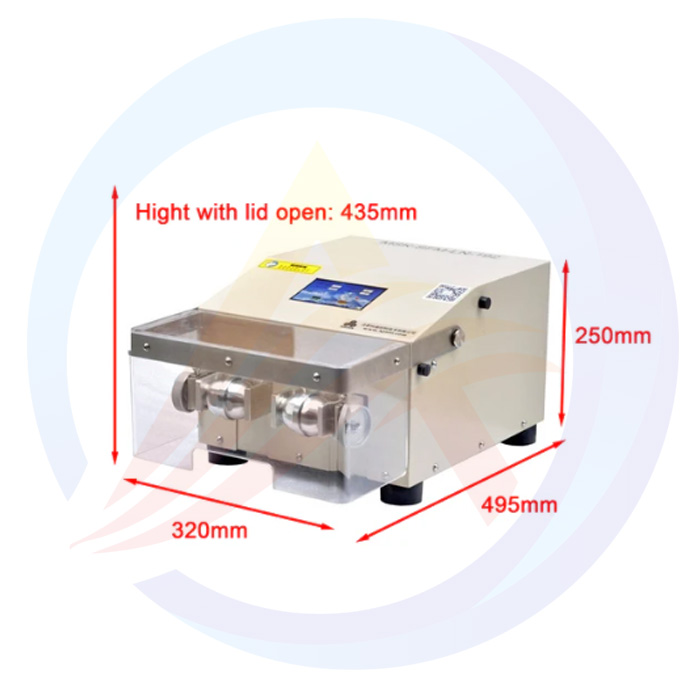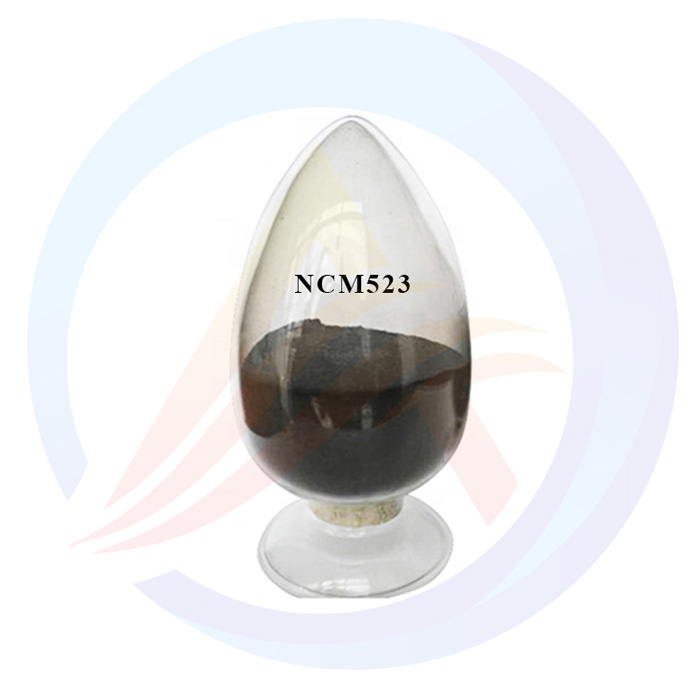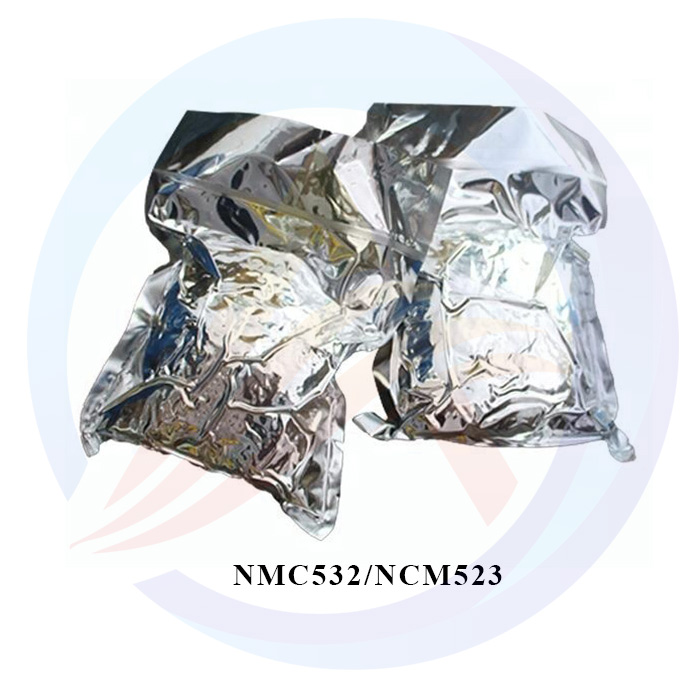NMC532(NCM523) is an advanced battery material that precisely controls the ratio of nickel, manganese, and cobalt at 5:2:3, designed to balance energy density, cycle life, safety, and cost. It is currently one of the most widely used and technologically mature ternary materials in the market.
1. Structure and Working Principle of NMC532
NMC532 possesses a layered α-NaFeO₂-type structure. In this structure:
Lithium ions are located between the layers.
Nickel, manganese, and cobalt ions, together with oxygen ions, form the layered structure.
During battery charging, lithium ions are extracted from the interlayer, traverse the electrolyte, and intercalate into the anode (typically graphite). During discharging, the process is reversed. Nickel and cobalt undergo changes in oxidation states during this process, serving as the primary electrochemically active substances responsible for providing capacity and conductivity.
2. Key Features and Advantages
NCM523 is popular because it achieves an excellent balance in several key performance metrics:
High energy density: Thanks to its 50% nickel content, it offers a high reversible capacity (typically between 155-165 mAh/g), enabling the battery to store more power.
Excellent cycling life: The presence of manganese (Mn) helps stabilize the material's crystal structure, while cobalt (Co) enhances the material's conductivity and rate performance. The synergistic effect of these three ensures that the battery maintains high capacity even after multiple charge-discharge cycles.
Enhanced Safety: Compared to NCM with higher nickel content (such as NCM811), NCM523 exhibits lower reactivity, better thermal stability, and improved structural stability, thereby reducing the risk of thermal runaway.
Excellent rate performance: Capable of supporting high charging and discharging currents to meet fast-charging requirements.
Cost-effectiveness: Compared to NCM111 or NCM622 with higher cobalt content, as well as NCM811—which offers higher energy density but involves complex processes and stringent production requirements—NCM523 strikes an optimal balance between material costs and manufacturing processes, delivering high cost performance.
3. Typical Application Areas
This material is primarily used in fields requiring high energy density and long lifespan, including:
Electric vehicles: The preferred cathode material for the power batteries of many mainstream electric models.
Electric bicycles/motorcycles: Offer long-lasting endurance and reliable performance.
Large-scale energy storage systems, such as grid energy storage and home energy storage, demand extremely high requirements for cycle life and safety.
High-end consumer electronics: such as laptops, drones, and premium power tools.
Manufacturing and Challenges of NMC532
Synthesis process: The precursor (Ni ₀) is mainly prepared by co precipitation method ₅Mn₀. ₃Co₀. ₂) (OH) ₂, then subjected to high-temperature solid-state sintering with lithium salts (such as Li ₂ CO ∝ or LiOH).
4. Technical challenges:
Uniform distribution of elements: Ensuring uniform mixing of nickel, manganese, and cobalt at the atomic level in the material is crucial, as any segregation can lead to local performance degradation.
Surface modification: In order to further improve performance, NMC532 particles are often surface coated (such as Al ₂ O ∝, ZrO ₂) to suppress side reactions and transition metal leaching.
Control cation mixing: By precisely controlling the sintering temperature and atmosphere, the stabilizing effect of cobalt is maximized and the mixing of nickel is suppressed.
5. Position of NMC532 in the NMC Technology Roadmap
The development path of NMC cathode materials is very clear: continuously increasing nickel content and reducing cobalt content.
Evolution Path:
NMC111 (1:1:1) → NMC332 (5:3:2) → NMC622 (6:2:2) → NMC811 (8:1:1) → NCMA (nickel cobalt manganese aluminum, nickel content>90%)
In this path, NMC532 is a critical transition and equilibrium point. It has successfully elevated energy density to a new level while maintaining acceptable safety and cycle life, laying the technological and market foundation for the evolution towards higher nickel formulations.

